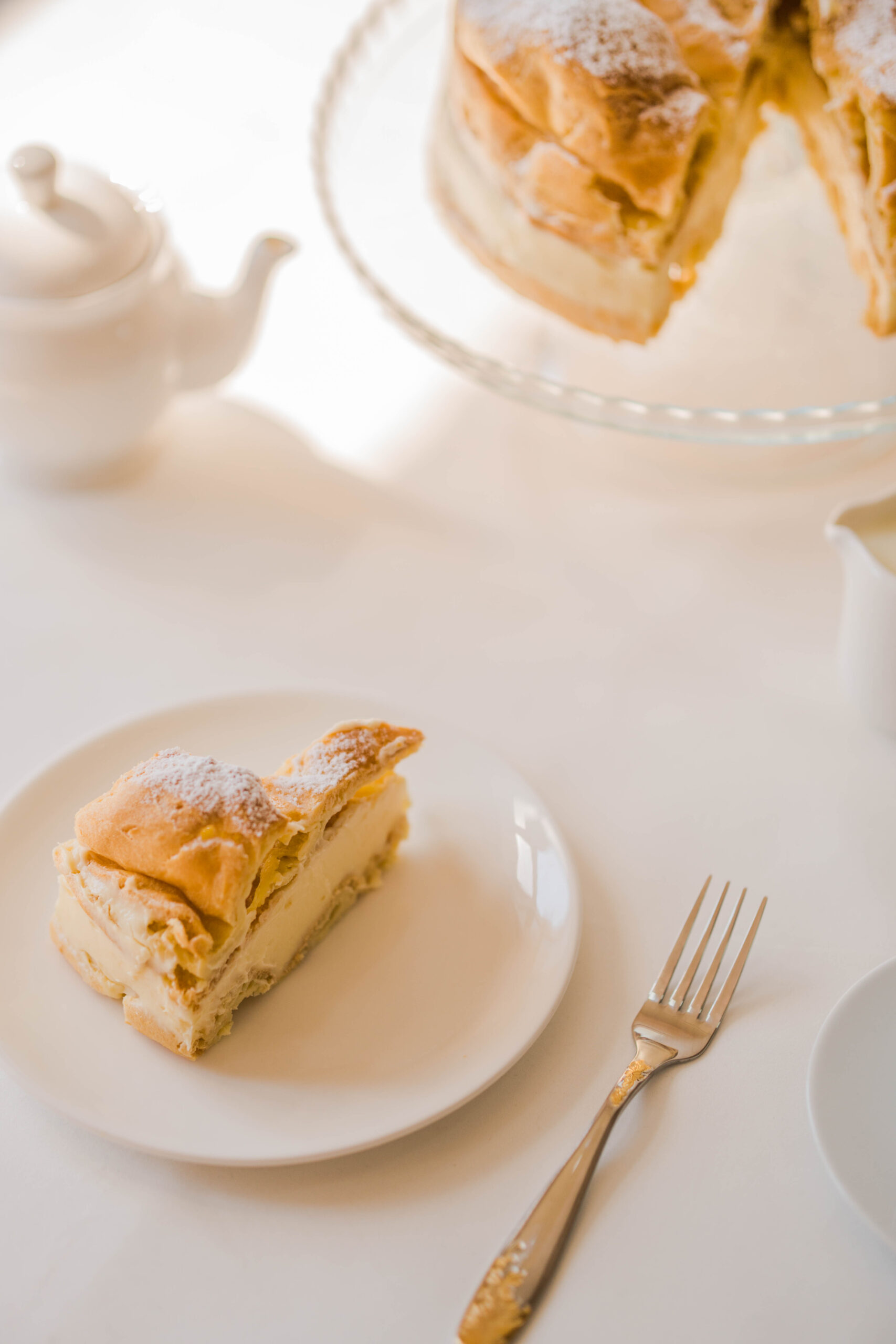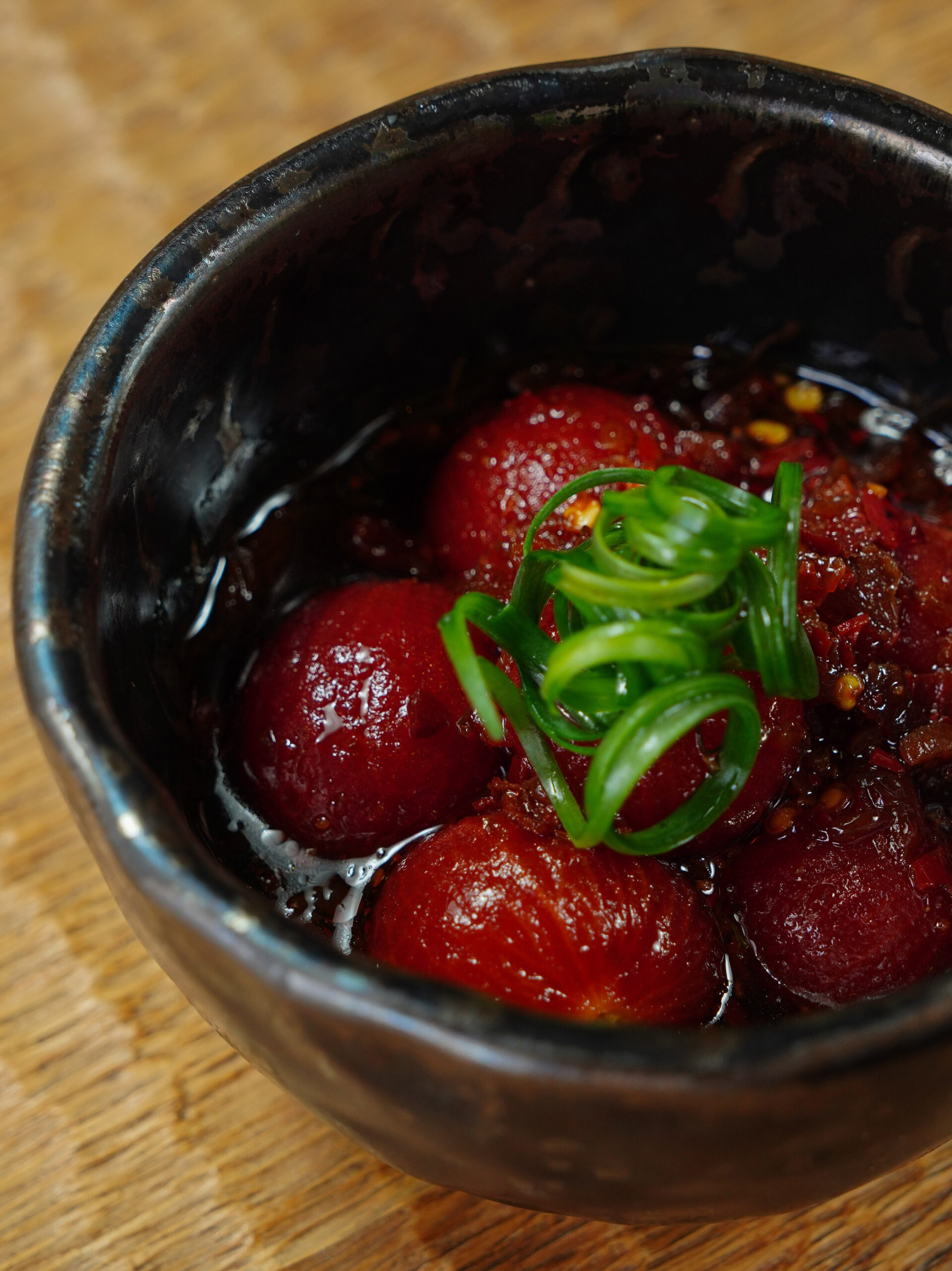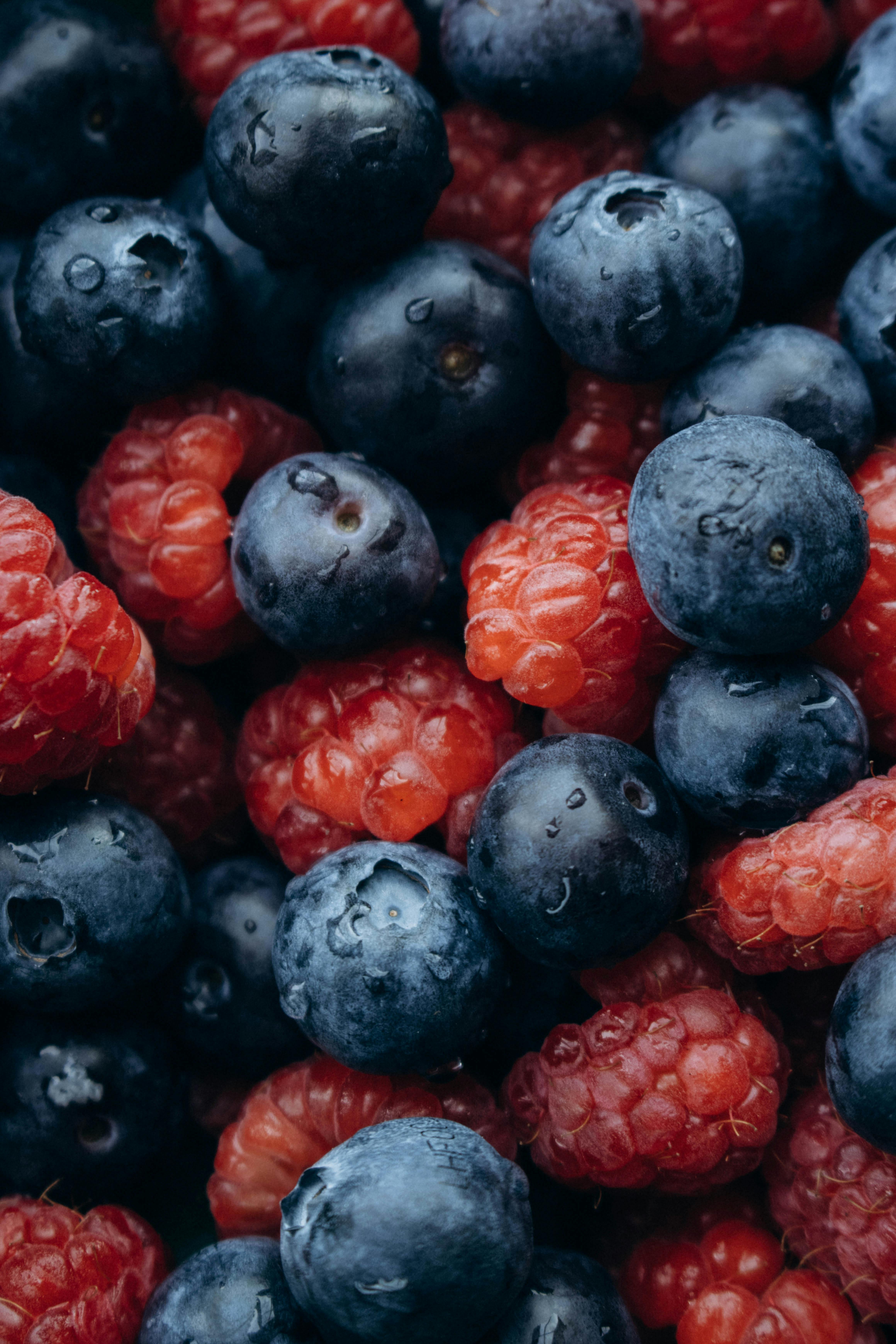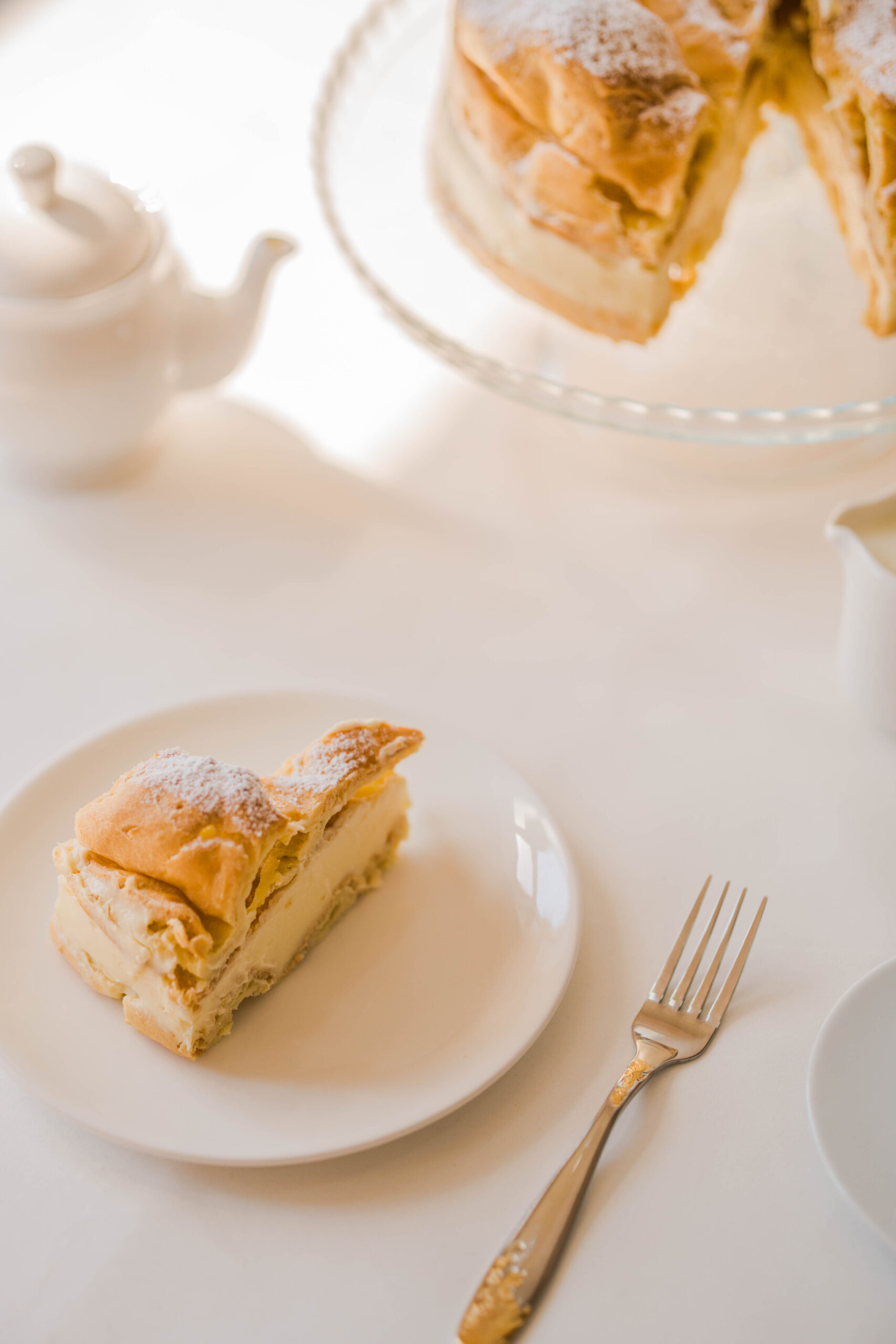Are you looking for nutritious and delicious recipes that prioritize your well-being? Look no further than Tastepan’s collection of gluten-free cooking options. With our recipes, you can nourish your body without sacrificing flavor. We understand that dietary restrictions can be challenging, but with our expert advice and dietary tips, healthy eating will become a breeze. Join us on a journey to discover delicious and safe gluten-free options that will leave your taste buds satisfied and your body feeling nourished.

The Basics of Gluten-Free Cooking
Gluten is a protein found in wheat, barley, and rye. It is what gives dough its elasticity and helps it rise. However, for some people, consuming gluten can be harmful. Those with celiac disease or gluten sensitivity experience adverse reactions when they consume gluten. Celiac disease is an autoimmune disorder that damages the small intestine when gluten is ingested. Gluten sensitivity, on the other hand, results in various gastrointestinal symptoms without the autoimmune response.
Understanding gluten-free cooking is essential for individuals who need to avoid gluten in their diet. It involves using alternative flours, grains, and ingredients that do not contain gluten. By making a few adjustments and exploring gluten-free recipes, you can still enjoy a wide variety of delicious meals without compromising your health.
Stocking Up the Gluten-Free Pantry
When embarking on a gluten-free cooking journey, stocking up your pantry with appropriate ingredients is crucial. It ensures you have everything you need for your gluten-free recipes.
Gluten-free flours and grains are the foundation of many gluten-free dishes. Some common options include rice flour, almond flour, coconut flour, quinoa, and buckwheat. These alternatives can be used to make bread, pancakes, cookies, and more.
Other gluten-free ingredients include gluten-free oats, cornstarch, tapioca starch, and arrowroot powder. These ingredients help provide structure and texture to baked goods and are often used as thickeners in soups, sauces, and gravies.
Gluten-free substitutes and binders are necessary to replace gluten’s binding properties in recipes. Xanthan gum and guar gum are commonly used as substitutes for gluten. They help bind ingredients together and create a similar texture. Other alternatives like flaxseed meal and chia seeds can also be used as binders.

Gluten-Free Breakfast Options
Starting your day with a delicious and gluten-free breakfast sets a positive tone for the rest of the day. Here are some options to consider:
-
Delicious gluten-free pancakes: Use gluten-free flour blends or almond flour to make fluffy pancakes. Top them with fresh fruits, maple syrup, or a dollop of yogurt for a delightful and satisfying breakfast.
-
Flavorful gluten-free muffins: Experiment with gluten-free flour blends and add your favorite mix-ins like berries, nuts, or chocolate chips to create mouthwatering muffins.
-
Nutritious gluten-free porridge: Use gluten-free grains like quinoa or buckwheat to make a warm and comforting porridge. Add your choice of fruits, nuts, and a drizzle of honey for extra sweetness.
Gluten-Free Appetizers and Snacks
Hosting a gathering or simply craving a snack? Gluten-free appetizers and snacks can be just as delicious and enjoyable. Here are some ideas for gluten-free options:
-
Savory gluten-free crackers: Make your own gluten-free crackers using a combination of gluten-free flours. Experiment with different flavors such as rosemary, Parmesan cheese, or sundried tomatoes for a delectable treat.
-
Crispy gluten-free vegetable fritters: Use a gluten-free flour blend to make crispy fritters with your favorite vegetables. Zucchini, corn, and sweet potato are popular options that can be seasoned to perfection.
-
Healthy gluten-free dips and spreads: Whip up a batch of hummus or guacamole using gluten-free ingredients. Pair it with gluten-free crackers or vegetable sticks for a flavorful and nutritious snack.

Gluten-Free Main Courses
Gluten-Free main dishes can be just as flavorful and satisfying as their gluten-containing counterparts. Here are some ideas to explore:
-
Flavorful gluten-free pasta dishes: Substitute traditional wheat pasta with gluten-free alternatives like rice pasta, quinoa pasta, or chickpea pasta. Pair it with your favorite sauces, vegetables, and proteins for a delicious meal.
-
Protein-packed quinoa recipes: Quinoa is a versatile and nutritious grain that can be used as a base for various gluten-free recipes. From quinoa salads to stuffed peppers, there are endless opportunities to create hearty and flavorful dishes.
-
Delicious gluten-free stir-fry: Stir-fries are a quick and easy way to create a balanced gluten-free meal. Use gluten-free soy sauce or tamari to avoid gluten contamination and add your choice of vegetables, proteins, and spices for a savory stir-fry.
Gluten-Free Side Dishes
Completing your meal with tasty gluten-free side dishes adds variety and completes the dining experience. Here are some ideas to consider:
-
Tasty gluten-free stuffed vegetables: Experiment with stuffing vegetables like peppers, mushrooms, or zucchini with gluten-free grains, herbs, and spices. Bake them until tender for a delicious and filling side dish.
-
Herbed gluten-free rice pilaf: Use naturally gluten-free grains like rice or quinoa to create a flavorful and aromatic rice pilaf. Add herbs, spices, and vegetables for a side dish that complements any main course.
-
Roasted gluten-free root vegetables: Roasting root vegetables like carrots, potatoes, and parsnips in olive oil and herbs creates a warm and comforting side dish. Serve them alongside your favorite protein for a satisfying meal.
Gluten-Free Baking and Desserts
Gluten-free baking and desserts allow you to indulge your sweet tooth without compromising your health. With the right ingredients and recipes, you can create delightful treats. Here are some ideas:
-
Decadent gluten-free chocolate cake: Use a combination of gluten-free flours and cocoa powder to create a moist and rich chocolate cake. Top it with a luscious gluten-free frosting for a truly decadent dessert.
-
Moist gluten-free banana bread: Ripe bananas and gluten-free flour blends can be combined to create a moist and flavorful banana bread. Add nuts or chocolate chips for an extra burst of taste and texture.
-
Delightful gluten-free cookies: Experiment with gluten-free flour blends, almond flour, or coconut flour to make a variety of cookies. From chocolate chip to oatmeal raisin, the possibilities are endless when it comes to gluten-free cookies.
Gluten-Free Sauces, Dressings, and Condiments
Enhancing the flavors of your meals with gluten-free sauces, dressings, and condiments elevates the overall dining experience. Here are some ideas:
-
Homemade gluten-free tomato sauce: Make your own tomato sauce using fresh tomatoes or canned tomato puree. Choose gluten-free herbs, spices, and seasonings to create a flavorful and versatile sauce.
-
Creamy gluten-free salad dressing: Blend gluten-free ingredients like Greek yogurt, olive oil, lemon juice, and herbs to make creamy and tangy salad dressings. Customize them with your preferred flavors for a delightful salad experience.
-
Flavorful gluten-free spice blends: Experiment with gluten-free spices and herbs to create your own flavorful blends. From Italian seasoning to curry powder, these homemade blends can add depth and complexity to your dishes.
Gluten-Free Tips for Dining Out
Navigating gluten-free options when dining out can be challenging, but with a few tips, it can be a positive experience. Here are some suggestions:
-
Researching gluten-free restaurants: Prior to dining out, research restaurants that offer gluten-free options or cater specifically to gluten-free diets. Check their menus and customer reviews to ensure they meet your dietary needs.
-
Communicating with the serving staff: When dining at a restaurant, communicate your dietary requirements to the serving staff. Ask about their gluten-free options, ingredient lists, and preparation methods to avoid cross-contamination.
-
Navigating gluten-free menu options: Many restaurants now have gluten-free menus or indicate gluten-free options on their regular menu. Look for dishes that naturally avoid gluten or can be easily modified to accommodate your needs.
Gluten-Free and Healthy Living
Maintaining a balanced gluten-free diet is essential for overall health and well-being. Here are some tips for healthy gluten-free living:
-
Maintaining a balanced gluten-free diet: Focus on incorporating a variety of gluten-free grains, fruits, vegetables, proteins, and healthy fats into your meals. This helps ensure you are getting all the necessary nutrients.
-
Prioritizing nutrient-rich ingredients: Opt for whole and unprocessed gluten-free foods to maximize nutritional value. Fresh fruits, vegetables, lean meats, and legumes are excellent choices for a healthy gluten-free diet.
-
Consulting a healthcare professional: If you suspect gluten intolerance or have been diagnosed with celiac disease, consult a healthcare professional or a registered dietitian. They can provide personalized advice and guidance on managing your gluten-free lifestyle.
In conclusion, gluten-free cooking offers delicious and safe options for those with celiac disease or gluten sensitivities. With a well-stocked gluten-free pantry and a little experimentation, you can enjoy a wide range of flavorful meals and treats. Whether it’s a satisfying breakfast, a savory main course, or a delightful dessert, gluten-free cooking has something for everyone. Prioritize your well-being by embracing gluten-free cooking and exploring the wonderful world of nutritious and delicious gluten-free recipes.

